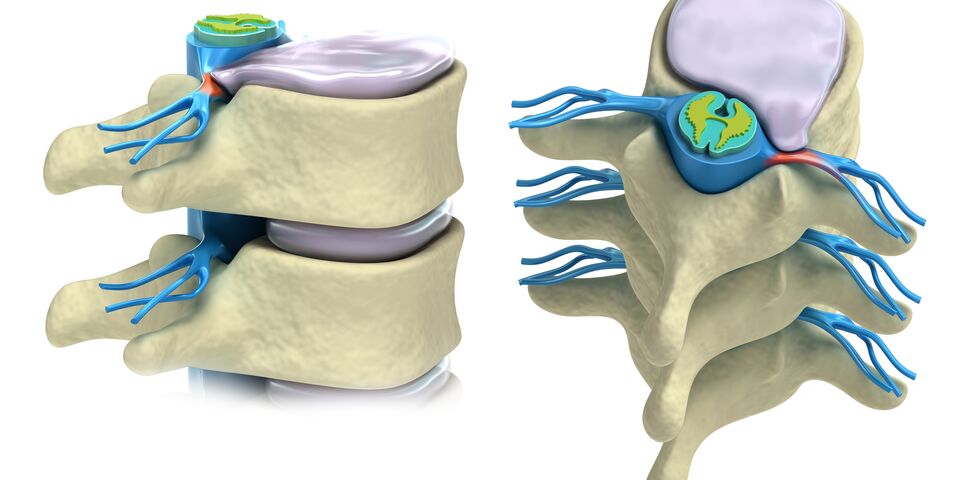Good news for prosthetics and 3D printing materials
Two TU/e entrepreneurs have received a 25,000-euro Phase 1 Valorisation Grant each from Technology Foundation STW. The happy recipients are prof.dr. Keita Ito (Biomedical Engineering), and dr.ir. Han Goossens (Chemical Engineering & Chemistry). With the grants, they’ll be researching whether or not their technological inventions can be marketed successfully: Ito developed a prosthetic for invertebral discs, and Goossens created new materials for 3D printers.
The wear of invertebral discs in back and neck can cause serious pain, because nerves can get pinched. A prosthetic shaped like an invertebral disc could solve that issue, but existing implants still have too many disadvantages, including an impediment of the patient’s mobility.
The group of Keita Ito, Orthopaedic Biomechanics, developed a prosthetic that mimics the properties of natural invertebral discs better: BioAid. In collaboration with TU/e spinoff LifeTec Group, Ito will research if the BioAid can be used for commercial purposes. To that end, they’ll be looking into patents and interested parties from the medical world.
3D printing is quite the hype at the moment, especially since cheap printers for home use were introduced recently. Selective Laser Sintering (SLS) is a 3D printing technique that’s used for industrial purposes mostly, says Han Goossens. “A large container filled with powder is heated with a laser, making the powder melt together. The problem is that only few materials are suitable for that, and none can be used for all techniques.” The size of the powder particles is important especially, he explains. “We’re looking at a technique that can produce powder with the perfect particle size. The focus is now on polyolefins such as polyethylene and polypropylene.” It is expected that this approach will lead to cheaper and more versatile raw materials for 3D printing.
A total of fifteen Phase 1 and seven Phase 2 (200,000 euro) Valorisation Grant proposals were given out. Compared to previous years, in which TU/e has often received a disproportionally large chunk of the grants, the Eindhoven university didn’t do great this time.


Discussion